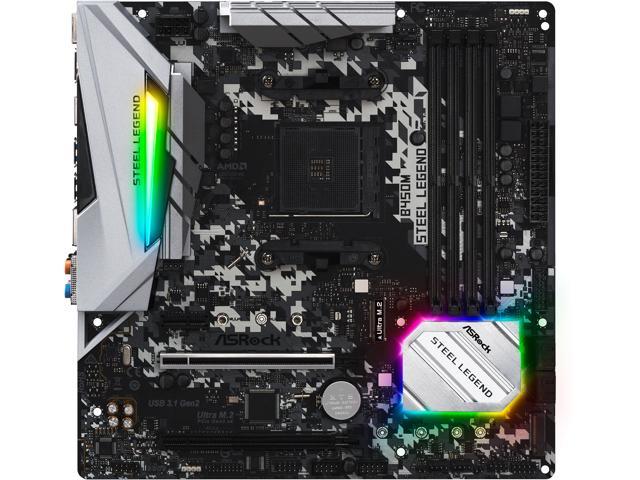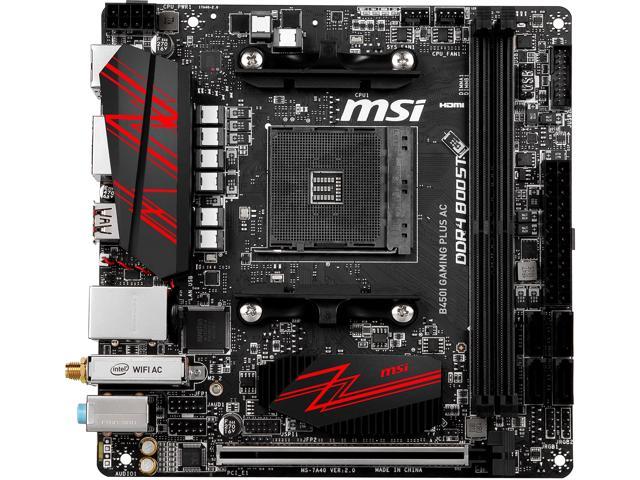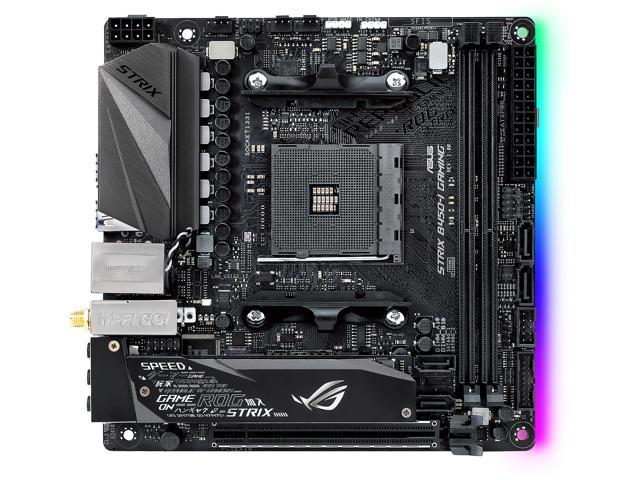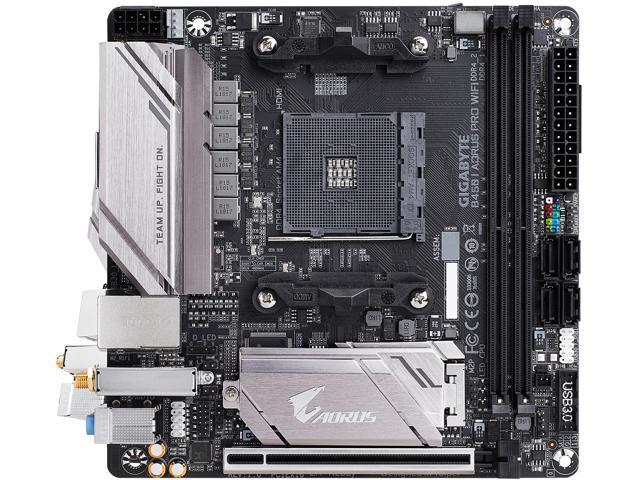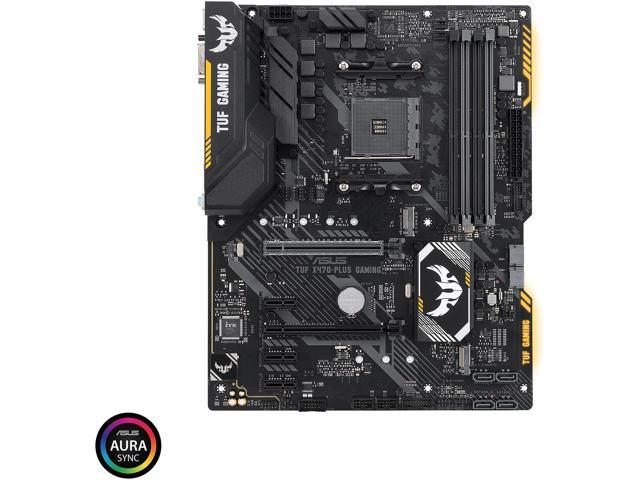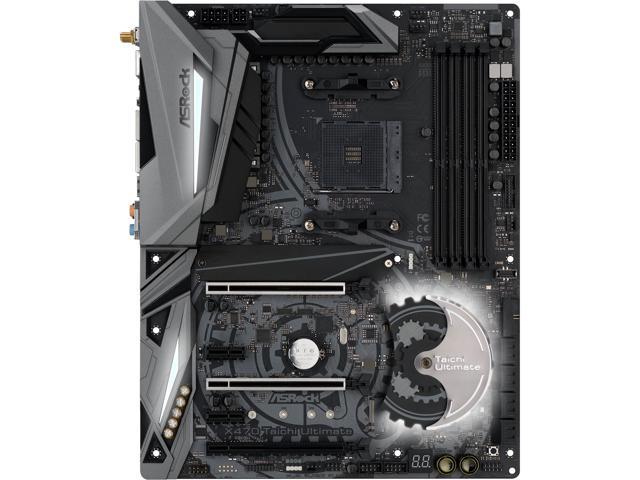- Joined
- Nov 2, 2013
- Messages
- 475 (0.11/day)
| System Name | Auriga |
|---|---|
| Processor | Ryzen 9950X3D w/ aquacomputer cuplex kryos NEXT with VISION - acrylic/nickel |
| Motherboard | Asus X870E-E + Intel X520-DA2 NIC |
| Cooling | Alphacool Res/D5 Combo •• Corsair XR7 480mm + Black Ice Nemesis 360GTS radiators •• 7xNF-A12 chromax |
| Memory | 96GB Corsair Dominator 6600MT/s CL32 running @ 6200MT/s CL28 (CMP96GX5M2B6600C32) |
| Video Card(s) | Gigabyte RTX 5090 Aorus Master, waiting for waterblock |
| Storage | 2TB inland TD510 Gen5 ••• 4TB WD Black SN850X ••• 80TB UNRAID NAS |
| Display(s) | Alienware AW3423DWF (3440x1440, 10-bit @ 145Hz) |
| Case | Thermaltake Core P8 |
| Power Supply | Corsair AX1600i |
| Mouse | Razer Viper V2 Pro (FPS games) + Logitech MX Master 2S (everything else) |
| Keyboard | Keycult No2 rev 1 w/Amber Alps and TX stabilizers on a steel plate. DCS 9009 WYSE keycaps |
| Software | W11 X64 Pro |
| Benchmark Scores | https://valid.x86.fr/c3rxw7 |
hello,
i'm looking to build an ITX computer with a 3900X. i would like to use a B450/X470 board because they don't have any chipset fans. i have no use for PCI E 4 and don't need the extra heat and noise in this small case. however, i'm not sure if any of the existing B450/X470 boards can handle a 3900X going HAM while editing video or occasional gaming.
it looks like the 4xx boards with the best VRM are the asus B450 and MSI B450. both have 6 phase, 60A/phase VRMs. i'm not sure how the math works here but i do know that the 3900X has a 150W hard power limit. if i understand it correctly, the VRMs will work at around 1.2V, multiplied by 60A and then by 6 (# of VRMs). so, 1.2V x60A x6 = 432W max power delivery? does that mean that the B450 board will be OK with it long term?
i don't plan on hardcore OCing, but i will probably flip on PBO.
any ideas? or better yet, is anyone running a 3900X on a 6 phase VRM board?
i'm looking to build an ITX computer with a 3900X. i would like to use a B450/X470 board because they don't have any chipset fans. i have no use for PCI E 4 and don't need the extra heat and noise in this small case. however, i'm not sure if any of the existing B450/X470 boards can handle a 3900X going HAM while editing video or occasional gaming.
it looks like the 4xx boards with the best VRM are the asus B450 and MSI B450. both have 6 phase, 60A/phase VRMs. i'm not sure how the math works here but i do know that the 3900X has a 150W hard power limit. if i understand it correctly, the VRMs will work at around 1.2V, multiplied by 60A and then by 6 (# of VRMs). so, 1.2V x60A x6 = 432W max power delivery? does that mean that the B450 board will be OK with it long term?
i don't plan on hardcore OCing, but i will probably flip on PBO.
any ideas? or better yet, is anyone running a 3900X on a 6 phase VRM board?



 I need to not post at work, I think...
I need to not post at work, I think...


